
- Products
- Solutions
- Learn
- Partner
- Try Now
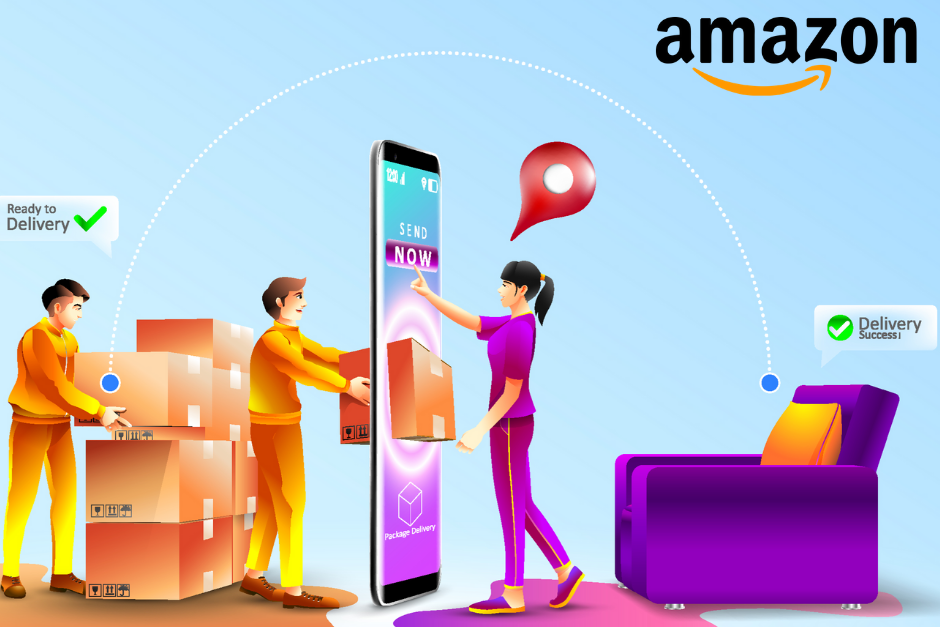
What is the biggest challenge for any eCommerce business today?- “Keeping up with delivery demands”! Even an eCommerce giant like Amazon has been struggling with a lack of control over its deliveries for years, when finally, Jeff Bezos, the brain behind Amazon, decided to tap into a last-mile delivery approach.
The demand for delivery services and whole foods was all-time high during the recent pandemic, which led to Amazon exploring the last-mile delivery software for their logistics.
They went beyond just adding a last-mile approach by allowing delivery services to be partners. So, if you are also struggling with control over your eCommerce deliveries and want to know what is last-mile delivery, here is a comprehensive take on the last-mile delivery- the Amazon way!
History of In-house Logistics of Amazon
2009: Same-Day Deliveries
To understand the magnitude of Amazon’s in-house logistics evolution, let’s get back in time to 2009. When the world was not even introduced to today’s express delivery concept, Amazon announced the same-day deliveries in the name of Local Express Delivery.
Initially, the delivery service was only available for metros like Seattle(Headquarters of Amazon), New York, Philadelphia, Boston, Washington D.C., Baltimore, and Las Vegas.
From 2009 to 2013, Amazon continued its incremental improvements in logistics and delivery services through acquisitions like KEVA robotics(2012).
2013: Operation Dragon Boat
In 2013, Amazon’s senior management decided to take their in-house logistics capabilities and last-mile expertise worldwide through “Operation Dragon Boat.” In the December month of the same year, Jeff Bezos announced that Amazon Prime Air- a fleet of 30 drones for last-mile deliveries was under development.
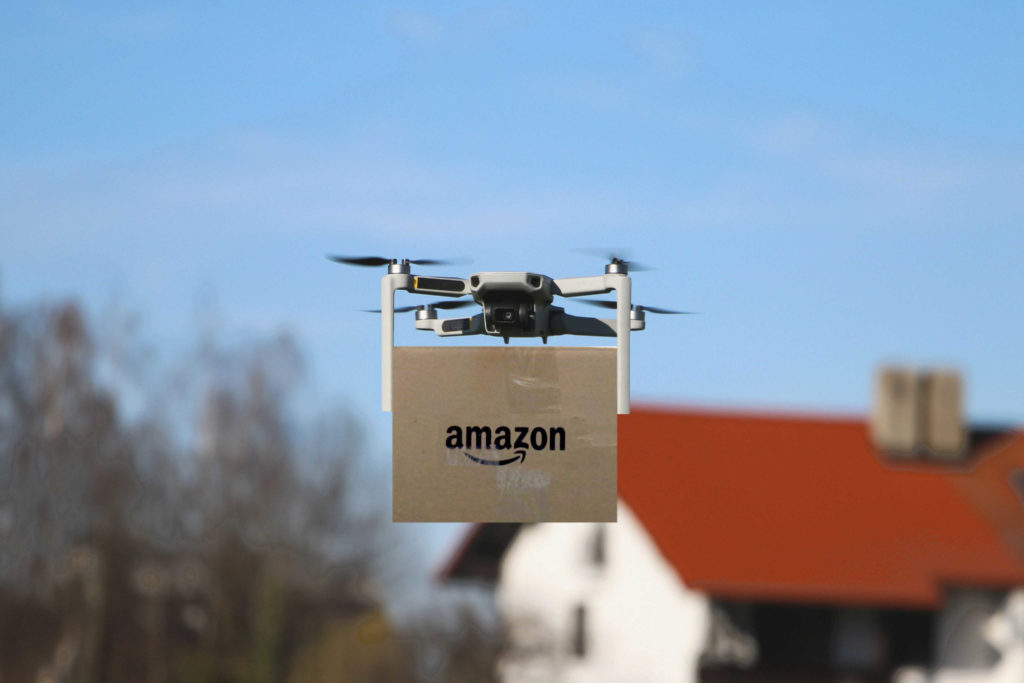
Amazon Air’s fleet expansion is a bid for logistics domination | Supply Chain Dive.
The idea behind Amazon Prime Air was to enhance the last-mile delivery system of in-house logistics. But, regulatory issues and air traffic guidelines have been an obstacle for Amazon in starting the Amazon Prime Air service.
2014: Raising the Stakes
So, Amazon needed last-mile delivery systems for its expansion, and they decided to own one. In 2014, Amazon bought 25% stakes in two shipping companies Yodel, and Colis Prive’.
2015: Amazon Prime Now
2015 was when Amazon launched one of Operation Dragon Boat’s essential parts, named Amazon Prime Now. The eCommerce giant created 58 delivery hubs across the US for 1-2 hours of delivery. It was an attempt by Amazon to create a last-mile delivery system that is cost-efficient and lean.
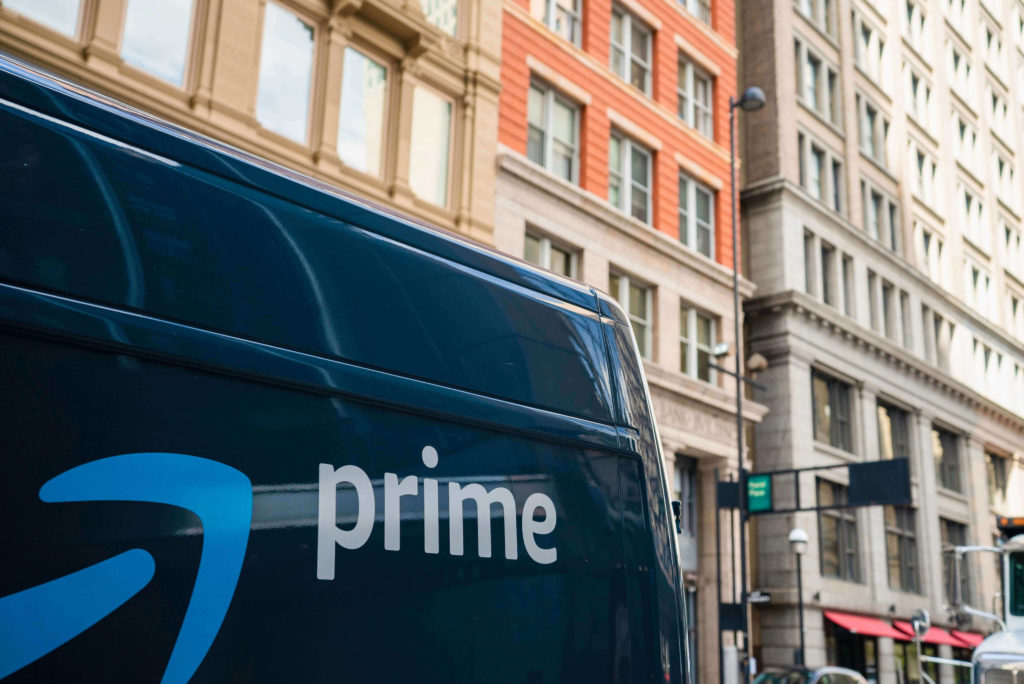
How Does Amazon Prime Now Work? | Digital Trends
After the massive success of Amazon Prime Now, it was time to enter the on-demand scene. Unlike Uber and Postmates, Amazon had the infrastructure already in place for an on-demand service. Enter Amazon Flex, which is an on-demand delivery service for goods to customers from Amazon’s warehouses.
Each driver is a part of the sharing economy that helps Amazon fulfilment of orders. If you ever wondered what a last-mile delivery service’s perfect example is; Amazon Flex is the answer!
2016: Acquisition of Colis Prive’
In the year 2016, Amazon increased the confidence of experts in their delivery prowess with Colis Prive’s acquisition. It was a full-fledged shipping company that Amazon had invested in for 25% stacks a few years back.
However, as the demand for seasonal deliveries like Christmas or thanksgiving was massive, Amazon needed to assert its control over the delivery schedules, so it acquired a shipping company.
2018: Amazon Logistics
Amazon officially launches its last-mile delivery services with “Amazon Logistics” in 2018. This was a step to reduce the eCommerce giant’s fulfilment and shipping costs, which reached $34 billion and $27 billion respectively by 2018.
2019: Free On-Day Deliveries
The Amazon in-house logistics mechanism was now reaching its true potential, and to showcase its capacity, the eCommerce giant started offering free one-day deliveries. This step was an essential one as, by 2019, there was an increase of 92.8% in same-day or two delivery demand.
2020: Amazon Robotics Program
Amazon introduced the Amazon Robotics Program for new delivery startups and innovators to develop last-mile delivery solutions for the eCommerce giant. A glimpse of the automated last-mile delivery services from Amazon can be seen here.
2021 And Beyond
- The company plans to add 12 new Prime Aircrafts to take the total at 82 for their shipping requirements.
- Amazon is developing an Air hub for last-mile delivery services at the Cincinnati/Northern Kentucky International Airport by the end of 2021.
- Planning to create a fleet of more than 200 aircraft for the Prime Air program beyond 2021.
Need to Build In-house Logistics for Your Business
Amazon’s journey is inspiring and innovative for many entrepreneurs and startups. If you are wondering what is last-mile delivery, and why you should consider building in-house logistics for your business, here are the reasons.
Better Control
Taking the cue from Amazon’s in-house logistics strategy, the need for such a last-mile delivery system arose because Amazon wanted better control of their deliveries.
A 3PL or Third Party Logistics can be frustrating as a business, especially in terms of control on deliveries. Outsourcing of the products’ delivery or shipping takes away the control of schedules, costs, and product handling control.
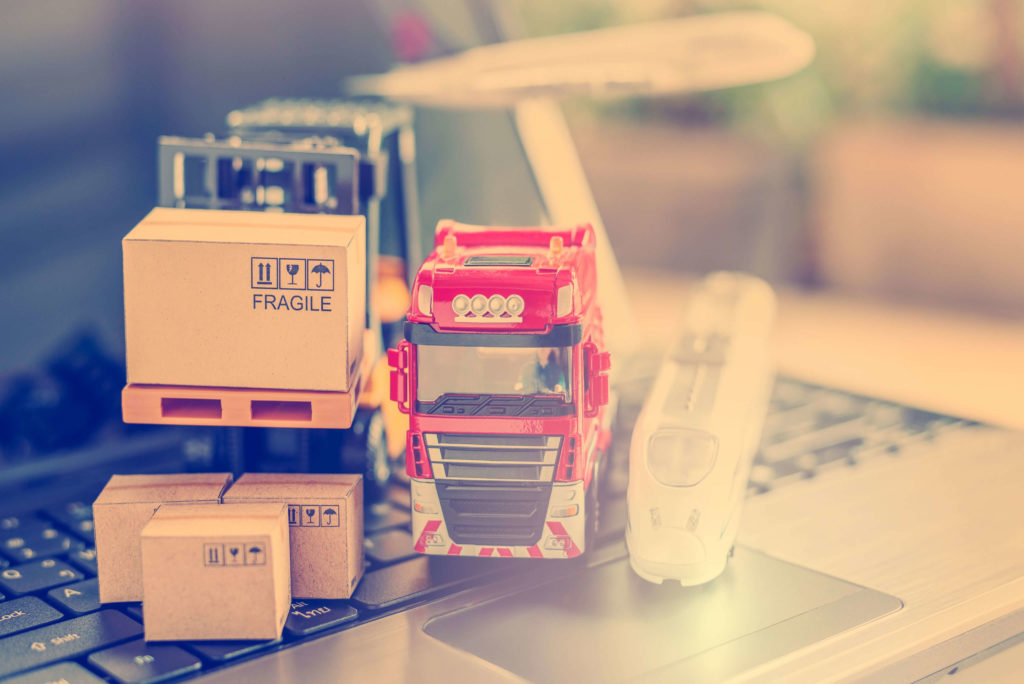
In-house logistics can help with last-mile courier tracking and controlling the entire process. This is essential, especially with the last mile being the front of your business that interacts directly with the consumers.
Ease of Management
Managing shipments and fleets are not easy with an outsourced service, as it is an external team you have to deal with. At the same time, in-house logistics has the entire team from your firm, making the management much easier. It also makes the decision-making process much faster.
Collaborations
In-house logistics systems can make collaborations with delivery partners and merchants more flexible. The entire warehouse, shipping, and supply chain staff are well-versed with your business process to easily collaborate with merchants for the fulfilment of last-mile delivery services.
Now that you know about the benefits of in-house logistics, let’s discuss the importance of last-mile delivery and why it is challenging to build one.
Last-Mile Delivery: Challenges, And Importance
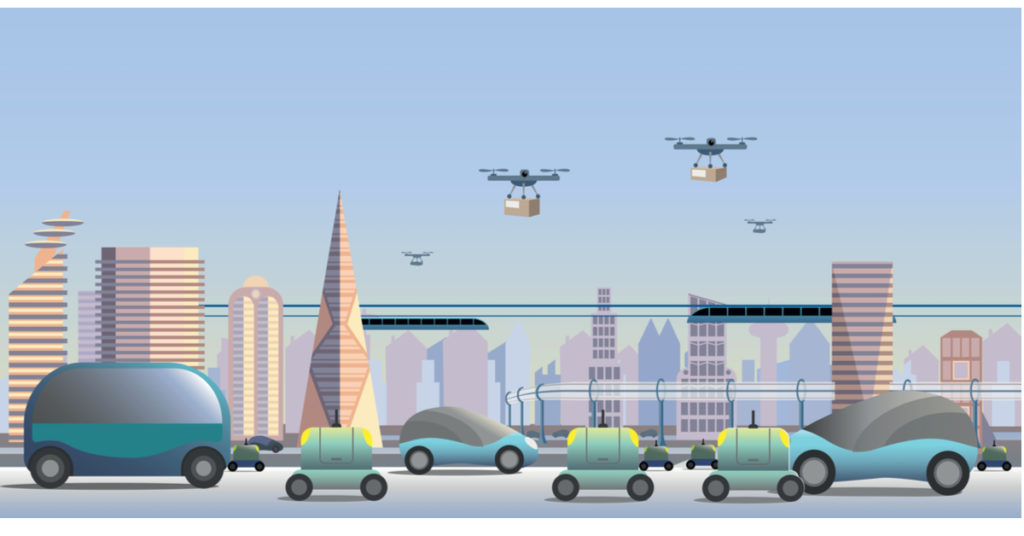
Importance of Last-Mile Delivery Services
Faster Deliveries
If you are wondering what’s a last-mile delivery service and how it impacts the delivery speeds, then Amazon is the best example to learn from. Take an example of the Amazon flex that uses the UberRush type model to make deliveries faster. Similarly, the last-mile approach reduces delivery delays by breaking down the shipments into different individual shipments.
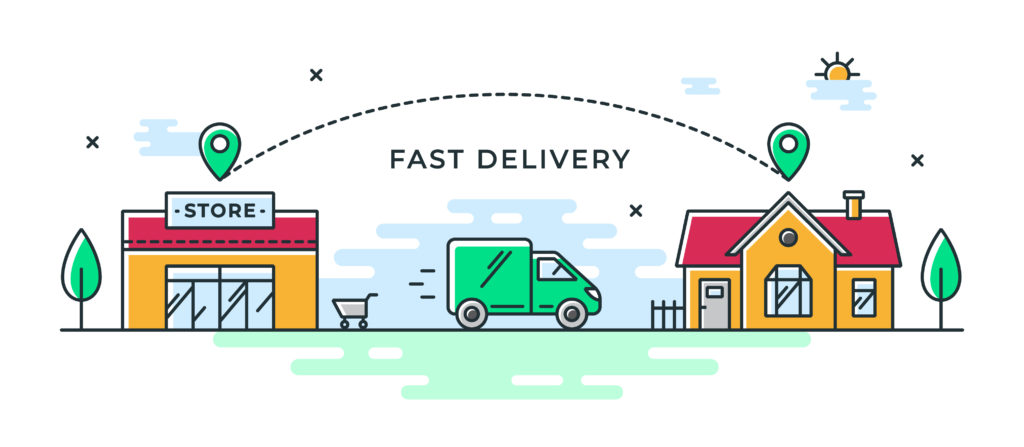
Delivery Management
With concepts like last-mile courier tracking, the management of deliveries becomes easy. The last-mile delivery system helps manage all the activities from a central dashboard, making the entire process efficient. You can easily track every order detail, allocate deliveries, optimise routes, and control the whole process through the last-mile approach.
Logistics Chain
A last-mile approach is one of the most vital parts of the logistics chain. The chain begins from the manufacturing site, where the product is produced and sent to warehouses.
From these storage facilities, goods are transferred to the distribution centre, and it is here that last-mile delivery services come into the picture. The journey of goods from the distribution centre to a customer’s location is your last-mile delivery.
Challenges of Last-Mile Delivery Services
Higher Costs
One of the reasons why eCommerce giants like Amazon stress the last-mile delivery approach is its cost. The cost of fulfilment and shipping comes down to the execution of last-mile delivery services. Apart from the standard delivery costs, there are expenses of same-day deliveries which put extra strain on the budget.
Need For Transparency
Modern-day consumers want every tiny detail about the order. Keeping up with the demand for last-mile courier tracking needs investments in infrastructure and technology. With the advent of on-demand services, customers like complete visibility of the product in transit, which is challenging for many eCommerce companies.
Maintaining Efficacy
One of the most significant challenges is to maintain the efficacy of deliveries. The heterogeneity of locations and infrastructure issues often led to inefficient delivery schedules. This is one area where many eCommerce companies struggle to compete with giants like Amazon. But, the secret to Amazon’s last-mile efficacy is a smart delivery solution that enables a greater user experience.
How does Tookan Helps With Last-Mile Delivery Solution?
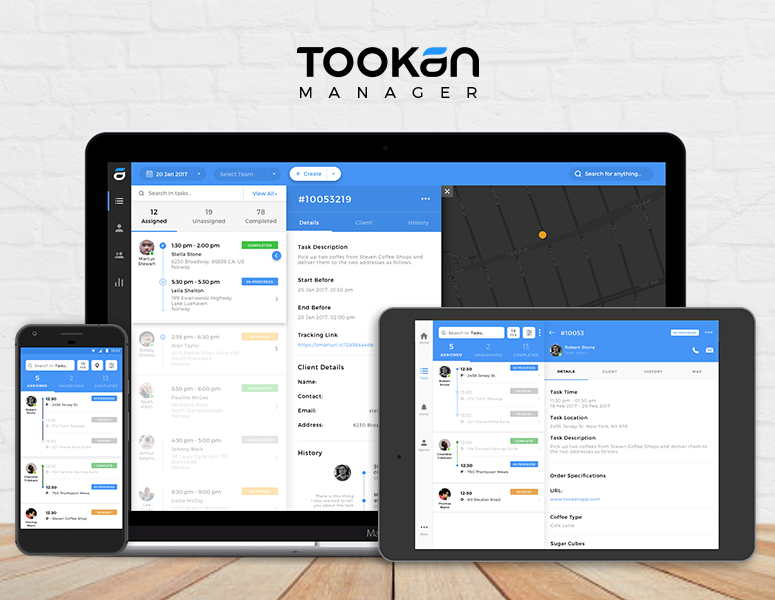
Tookan Software – 2021 Reviews, Pricing & Demo (softwareadvice.com)
Tookan is a smart last-mile delivery solution that helps automate many services. For example, the intelligent delivery solution enables auto-allocation of deliveries to the service provider for better efficacy. It also helps with the optimised route for delivery personnel to reduce delivery delays.
But, the best thing about Tookan is its ability to make the last-mile delivery services smarter. It will enable you to manage all the activity from a centralised dashboard with practical last-mile courier tracking features.
Tookan provides complete order details, which are automatically added to your dashboard from the eCommerce store. There is a tracking link with each order for you to track every movement of the delivery. Customers also have complete tracking details and visibility of the orders.
Conclusion
Amazon will not stop with just a few warehouses or distribution hubs. The eCommerce giant is eyeing dominance over the last-mile delivery landscape. So, if you are still stuck on what’s last-mile delivery and how to capitalise it for your business, it’s time to start building an in-house logistics system.
Though there are challenges to the last-mile delivery services, you can always choose a smart solution like Tookan and create a better user experience.
Subscribe to stay ahead with the latest updates and entrepreneurial insights!

Subscribe to our newsletter
Get access to the latest industry & product insights.





















